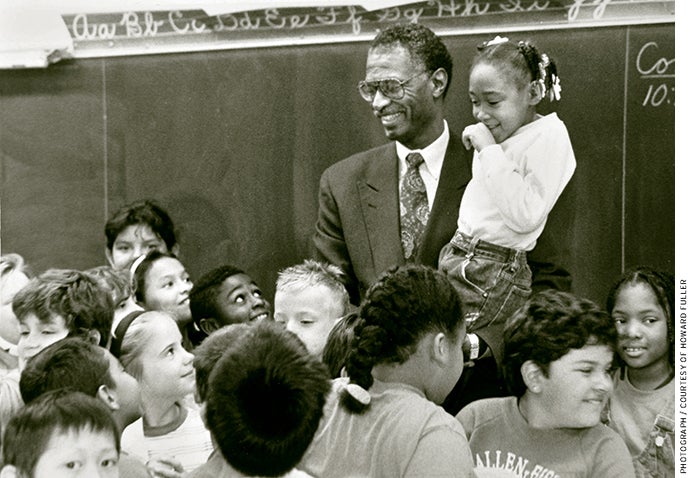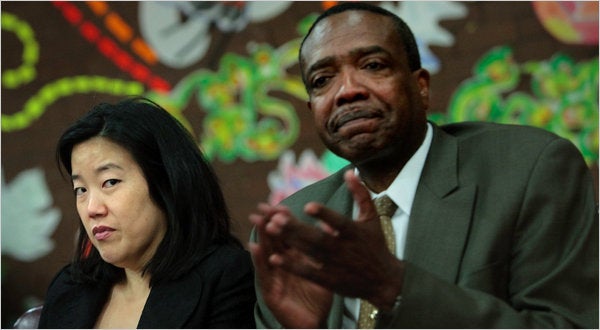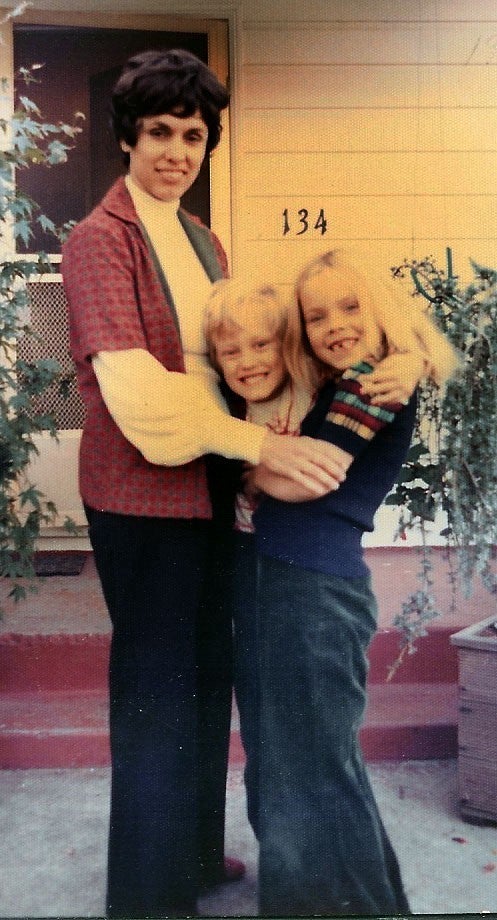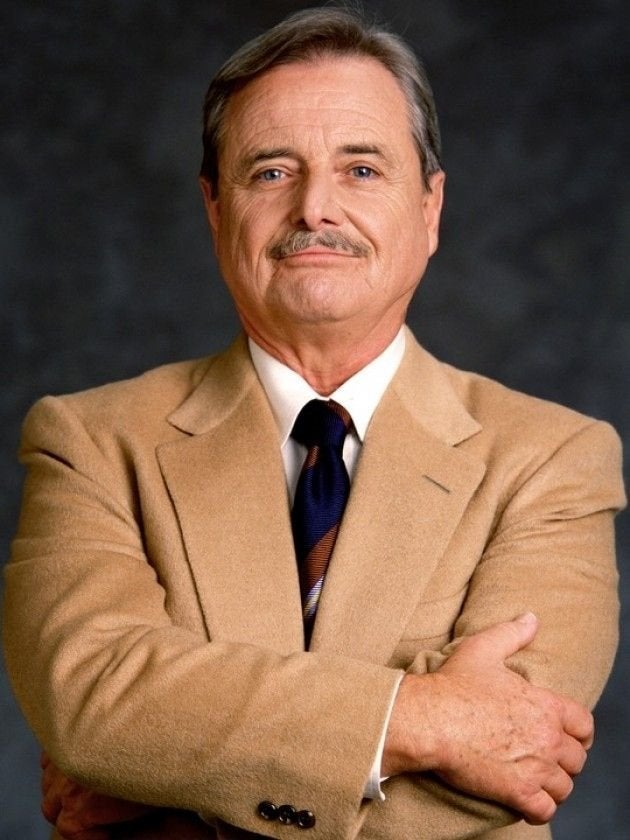
I remember sitting on a makeshift wooden platform between the front seats of my mom’s old Volkswagen van. As the red VW grumbled through the streets of Richmond, California, in the 1970s, my mom told me about her work as a public school teacher. She was proud of her profession. She spent nights and weekends writing comments on student papers. Like her immigrant grandmothers, who’d been seamstresses in New York City, she was in a union. Over her 35 years teaching, she even became a union site rep.
By the time she retired, however, she was frustrated with her union and with public education. As a public school student who sent my own child to public school, I have tried to understand why. Over decades of study and hands-on learning, I have learned four things.
(1) In Word and Deed, Most Teachers Sympathize With Reform

A Public Agenda survey of teachers shows that three quarters of teachers believe that good teachers “can lead all students to learn, even those from poor families or who have uninvolved parents.” Two thirds entered the profession to help put “underprivileged kids on the path to success.” An earlier survey of the broader public concluded: “Parents, the public, principals and superintendents say that almost all teachers are caring and qualified.”
More specifically, teachers are sympathetic to the ideas behind education reform. Teachers believe that tenure is automatic, and that about 10 percent of their colleagues are ineffective. Three-quarters of all teachers and an even higher percentage of highly recognized teachers believe it needs to be easier to dismiss ineffective teachers. A close look shows that many teachers believe in parent engagement and choice. When the chips are down — in other words, when it comes to their own children — public school teachers are much more likely than other parents to send their kids to private schools. Teachers do this for reasons eloquently explained by Ray Salazar, a Chicago Public Schools teacher who has written about his choices for his own children.
Unfortunately, teachers feel that they have no voice outside their classrooms. The problem is that politicians do not talk to teachers. They talk to union lobbyists.
(2) On Average, Most Teachers’ Union Leaders Give Only Lip Service to Student Needs
In practice, many unionists have become disillusioned with the claim that unions want to help kids. Former Los Angeles Mayor Antonio Villaraigosa started his career as an organizer for the California teachers’ union, but has concluded that teachers’ unions have been an “unwavering road block to reform.” Civil rights leader Howard Fuller traveled a similar path: starting his career as a public sector union organizer, but eventually concluding that the unions prioritized political power over student interests.

The reason for the disillusionment is how the teachers’ unions use their power. They have unparalleled political influence over the best-funded public education system in human history. If the unions wanted to help students, they could direct a small army of lawyers, think tanks, communication operatives, and staffers to deliver results in many evidence-based areas, from overhauling schools of education, to promoting hands-on learning in science, technology, and math, to substantially higher salaries for the best teachers, to universal arts programs.
Unfortunately, state legislators and superintendents do not report union emphasis on these items. Aside from occasional lip service, pro-student movements within the unions disappeared as quickly as they’ve arisen, and have rarely ever delivered.
Instead, the unions pick only two real fights. First, unions attack charter schools and oppose direct scholarships for students. Second, they critique meaningful differentiation among teachers as well as defend policies such as last-in-first-out layoffs, lockstep pay, and tenure. In picking these two fights as their demonstrated priorities, the unions have chosen to defend a century-old industrial model of labor that casts teachers as interchangeable assembly-line cogs.
The question is why.
(3) Teachers Unions Are Structurally Biased Against Students

To see why, start with the truisms. Some teachers are great, many are middling, and some are terrible. Some work very long hours, some work very few. So who votes in union elections?
To see how reform-minded teachers are systematically under-represented in union elections, consider Washington, D.C., as a case study. In 2010, George Parker, the president of the AFT’s Washington Teachers Union, negotiated a lucrative contract that also reduced job security as part of a reform compromise. Immediately thereafter, Parker lost his seat to challenger Nathan Saunders in an election with 25 percent turnout. Saunders declared in his victory comments, “This is a race about job security.”

Unfortunately, 25 percent is not a particularly low turnout for a teachers union election. Last year, in the election held by the United Federation of Teachers in New York City, retirees cast more votes than current teachers (only 17 percent of working classroom teachers voted). This year, during an election held by the union’s United Teachers Los Angeles local, an anti-reformer won with just 22.5 percent turnout.
The combination of low turnout, and systematic under-representation of pro-student voices, has decimated the viability of pro-reform unionism. A 2005 survey of membership and leadership by the National Education Association found that only 15 percent of teachers are actively involved with the union, and those 15 percent are not representative of the broader teaching body. As Stanford University Professor of Political Science Terry Moe concluded in a comprehensive 2011 study, “union leaders are never going to [reform, because] their incentives are heavily front-loaded and short-term.”
Even when pro-student constituencies gain control in local unions, the power structure of the unions minimizes the freedom of such pro-reform locals. This is because neither union holds direct elections for statewide or national offices. A pro-reform local in New Haven, CT or San Jose, CA will have little influence over the state behemoths in Hartford and Sacramento. Rather, a small number of the most active and invested union politicians attend state and national conventions to choose those leaders. Within these conventions, dissent is rare. National leaders earning victories by margins well in excess of 90 percent. Union leaders elected in this environment tend to intervene against reform-minded locals.
(4) Only School Reform Can Give More Teachers Real Voice

Fortunately, reform voices are starting to gain momentum within unions.
In part, this is due to evidence. Over the past decade or more, Washington, DC and New York City aggressively embraced reforms, while my home state of California adamantly resisted such reforms. During that period of time, DC and NYC have seen substantial improvements in teacher workforce and retention, while California has seen massive shortages and deteriorating morale. These results lead many teachers to question the union staffers’ allegations that school reform is somehow “anti-teacher.”
The evidence is also mounting about the benefits of reform for children. Consider the recent Vergara v. California case, in which a neutral state judge rejected a well-funded union legal team and ruled that California’s teacher work rules violated the rights of students. The unions launched a full PR fusillade, endeavoring to make support for Vergara into a litmus test for whether someone was anti-teacher. Despite that, longstanding union allies such as House Education and the Workforce Committee Ranking Member George Miller agreed. That case is still ongoing (the unions won at the appellate level but the case is being appealed), but virtually every major editorial board in the country endorsed the decision, including the New York Times and the Washington Post. Additionally, public opinion clearly supports reform.
As ineffective charter schools have closed and good ones have expanded, evidence has accumulated that new schooling models can deliver better results for students in poverty, black students, Hispanic students, English Language Learners, and students with disabilities. As a result, we see the rapid growth of high-performing nonprofit charter school operators along with high public approval of charter schools.
After listening to my mom’s stories about teaching, I briefly spent time working in high school classrooms with legendary teachers Tommie Lindsey of James Logan and Cathy Berman of El Cerrito. But after hearing my mom’s frustrations, I chose not to enter the profession myself. Today, my daughter wants to be a teacher. By the time she enters the workforce, I believe that teaching will be much more welcoming to her voice.

An earlier version of this column was published as “Why Teachers Have No Voice” at Dropout Nation.

